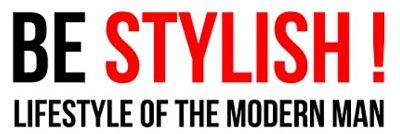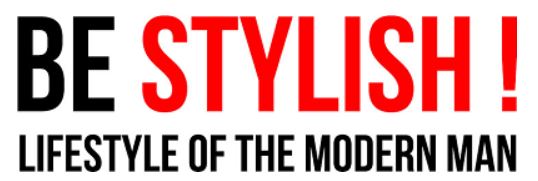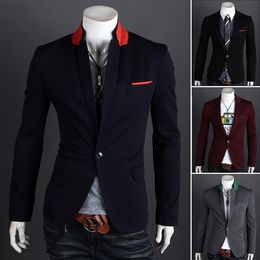The Smart Casual Dress Code for Men

The work environment is often stressful, exhausting and full of people focused on their daily tasks. You can’t just go ahead and wear the same clothes you would wear in a club. You need to project confidence, seriousness and that you’re a professional in your field.
The whole idea behind smart casual outfits is to make the employees more relaxed and to allow them to better express themselves. This is all to make them more productive and happy at their workplace, by offering them an alternative to wearing suits.
The secret to looking sharp in any situation
Smart casual (often used interchangeably with business casual) is THE dress code for the work environment. But before we get into the “how to”s of smart casual, let me teach you something that is far better.
This thing applies to men’s style in general and is the key to putting together any outfit for any social interaction.
The secret is learning to assess the environment and dress accordingly. Remember how I said earlier you can’t wear a club outfit to work? This isn’t to say I’m stopping you from being who you are, but rather to dress for the occasion.
Expressing yourself through clothes is just as important as looking around and dressing under certain limits.
So how SHOULD you dress for work?
Let’s assess the work environment of a regular 9-to-5 office job. The work environment in such cases has certain characteristics:
- No physical work involved; not much moving around.
- People are usually focused on their tasks, they have pretty tight schedule so they don’t socialize that much.
- The workspace is small, lights are mostly artificial, people work in cubicals.
- People either are or becoming professionals in this field so they need to be taken seriously.
I know what you’re thinking: This all sounds very familiar, George, but what the hell does this have to do with dressing?
It has everything to do with dressing and, specifically, the smart casual code. Let me draw some conclusions first, and you’ll immediately see “the light”.
- No physical work involved; not much moving around: no need for boots, you can wear leather shoes (which usually kill your feet when walking long distances but in this case they are perfect)
- People are usually focused on their tasks, they have pretty tight schedule so they don’t socialize that much: no flashy colors, not too much layering or standing out through accessories which will distract attention
- The workspace is small, lights are mostly artificial, people work in cubicals: don’t wear too many layers of clothes, don’t stand out too much
- People either are or becoming professionals in this field so they need to be taken seriously: wear darker colors but have something that makes you stand out in a subtle way. You don’t want to be perceived as too relaxed or too cool.
Now it’s time to make two lists: one with clothing items you can wear, and one with items you cant’ wear.
You can wear…
- dress pants, chinos
- dress shirts
- ties
- leather shoes, loafers
- formal/slim belts
- sports jackets
- cardigans
- sleevless vests
- watches
You can or cannot wear jeans, depending on your type of job. But if you can, do avoid them in business-casual situations. For instance, if you’re a programmer, it’s most likely that all your colleagues are wearing jeans and t-shirt. Go one step further and wear jeans and a shirt.
You can’t wear…
- Sneakers, slip-ons
- t-shirts
- leather bracelets
- sandals
- leather jackets (this is debatable – if the people in your environment are underdressed, you might be able to pull this off)
- … and so on
But wait! There’s one critical factor that you need to consider before deciding what to wear to work on Monday morning. And that factor is…
What are others wearing?
This may sound like, if this is what’s important, we might as well wear what they are wearing and get it over with. Not exactly the case.
Here’s the deal: in many companies (software for instance) 95% of employees wear jeans. It’s just how things evolved.
While smart casual is for office jobs and a software engineer has an office job… he can safely wear jeans at work.
Wearing dress pants when everyone else wears jeans might upset some people. That’s not a problem if you’re serious about your professional and personal development but what if you boss dresses in jeans too?
Dressing more formally than him might put him in a bad light.
So take the two lists and reread them but also consider what everyone else is wearing at work – especially your boss. This is a side about smart casual wearing that not too many people think or talk about.
Some companies have their own dress code and a list with what you can or can’t wear at work. Whether yours has one or not, it’s up to you to decide what clothing items you can include in your smart casual outfits. Who knows, if you dress stylishly at work, a raise could follow soon.





